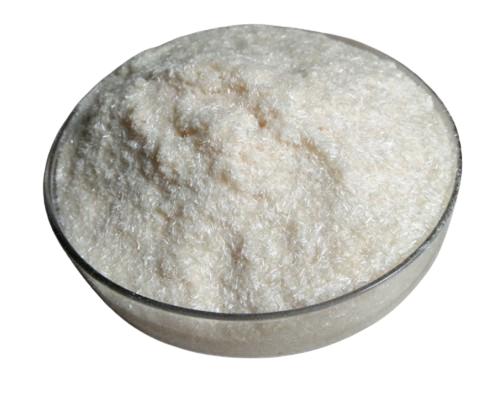Let’s learn skincare Ingredient together -Kojic Acid

Kojic acid is not related to the “acid” component. It is a natural product of Aspergillus fermentation (Kojic acid is a component obtained from edible koji fungi and is generally present in soy sauce, alcoholic beverages, and other fermented products. Kojic acid can be detected in many fermented products of Aspergillus fermentation. Kojic acid can now be artificially synthesized).
Kojic acid is a colorless prismatic crystal that can inhibit tyrosinase activity during melanin production. It has no toxic effects on other enzymes and cells. A content of less than 2% can effectively reduce melanin deposition and significantly whiten without inhibiting other enzymes.
It has been widely used in the daily chemical industry such as whitening, sun protection, cosmetics, solvents, toothpaste, etc.
The most important function – whitening
Kojic acid enters the skin and competes with tyrosinase for copper ions, hindering the work of complex amino acid enzymes and rendering tyrosinase inactive, thereby blocking the production of melanin. It achieves the effect of whitening and lightening spots, and has a significant effect on inhibiting facial melanin and spots.
A formula containing 1% quercetin has been proven to effectively reduce age spots, excessive pigmentation after inflammation, freckles, and melasma.
Combining quercetin with alpha hydroxy acids (fruit acids) can also control age spots and lighten freckles.
Kojic acid not only has whitening effects, but also has free radical scavenging and antioxidant properties. Can help to tighten the skin, promote protein aggregation, and tighten the skin. It not only has certain antibacterial properties, but also has certain moisturizing ability, and can even be used as a preservative in food and cosmetics.
Tips
▲ Pay attention to moderate whitening and try not to use citric acid cosmetics for a long time, as excessive whitening may lead to insufficient melanin, skin cancer, white spots, etc.
Cosmetics containing quercetin are best used at night, especially avoiding use with salicylic acid, fruit acid, and high concentrations of VC.
▲ Avoid using cosmetics containing more than 2% concentration of quercetin.